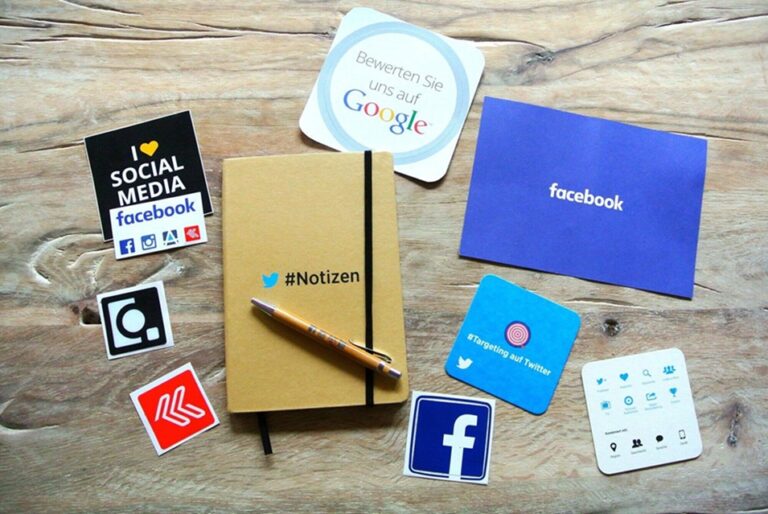
Key Differences Between Generative AI and Chatbot Development
Generative AI and chatbot development are related but distinct fields within artificial intelligence, each with unique goals, technologies, and applications.
Purpose and Core Functionality
- Generative AI development services are revolutionizing the way businesses create and deliver content. Generative AI is focused on creating new, original content—such as text, images, music, or code—using advanced algorithms like deep learning, neural networks, and transformers. Its primary goal is creativity and the generation of data or media that did not previously exist. These services are widely used in industries ranging from marketing and entertainment to software development and healthcare, enabling organizations to automate and scale their creative output.
In parallel, chatbot development involves building systems that interact with users, primarily through conversation. Chatbots are designed to simulate human-like dialogue, often for customer service, information retrieval, or simple task automation. Their main function is to respond to user queries based on predefined rules or learned patterns. When enhanced with generative AI, chatbots become more intelligent and context-aware, improving user engagement and providing more personalized, dynamic interactions.
Technology and Complexity
- Generative AI uses sophisticated models (e.g., GPT, DALL-E) trained on large datasets to generate content that mimics human creativity. These models can adapt to new inputs and produce varied outputs, making them highly flexible and complex.
- Chatbots can be rule-based (following scripted responses) or AI-driven (using machine learning and natural language processing to improve over time). However, traditional chatbots are limited to the scope of their programming and are less adaptable than generative AI systems.
Interaction Style
- Generative AI typically does not interact directly with users in a conversational manner. Instead, it generates content in response to prompts or data inputs, which may then be used in various applications (e.g., writing articles, generating images).
- Chatbots are designed for direct interaction, managing conversations and providing responses to user queries. Advanced chatbots may leverage generative AI to enhance the quality and relevance of their replies, but their primary role remains conversational.
Adaptability and Use Cases
- Generative AI is highly adaptable, capable of producing content across multiple domains, including creative writing, design, and software development. Its flexibility makes it suitable for tasks requiring innovation and originality.
- Chatbots are typically used for routine tasks like customer support, appointment scheduling, or answering FAQs. While they can be enhanced with generative AI for more dynamic responses, their adaptability is generally limited to the scenarios they are trained or programmed for.
Summary Table
| Aspect | Generative AI | Chatbot Development |
| Core Functionality | Creates new content (text, images, code, etc.) | Simulates conversations, answers queries |
| Technology | Deep learning, neural networks, transformers | Rule-based logic, NLP, machine learning |
| Interaction | Content generation, not direct conversation | Direct user interaction via chat interface |
| Adaptability | Highly flexible, creative outputs | Limited to programmed or learned scenarios |
| Common Use Cases | Content creation, design, software development | Customer service, information retrieval, automation |
Intersection and Integration
Modern chatbots increasingly leverage generative AI to provide more creative and contextually relevant responses, blurring the lines between the two fields. By integrating generative AI, chatbots can move beyond scripted interactions to deliver more human-like and engaging conversations.
In summary:
Generative AI is about creating new content through advanced algorithms, while chatbot development centers on building interactive systems for conversation. Chatbots may use generative AI to enhance their capabilities, but generative AI’s scope is much broader and not limited to conversational applications.







